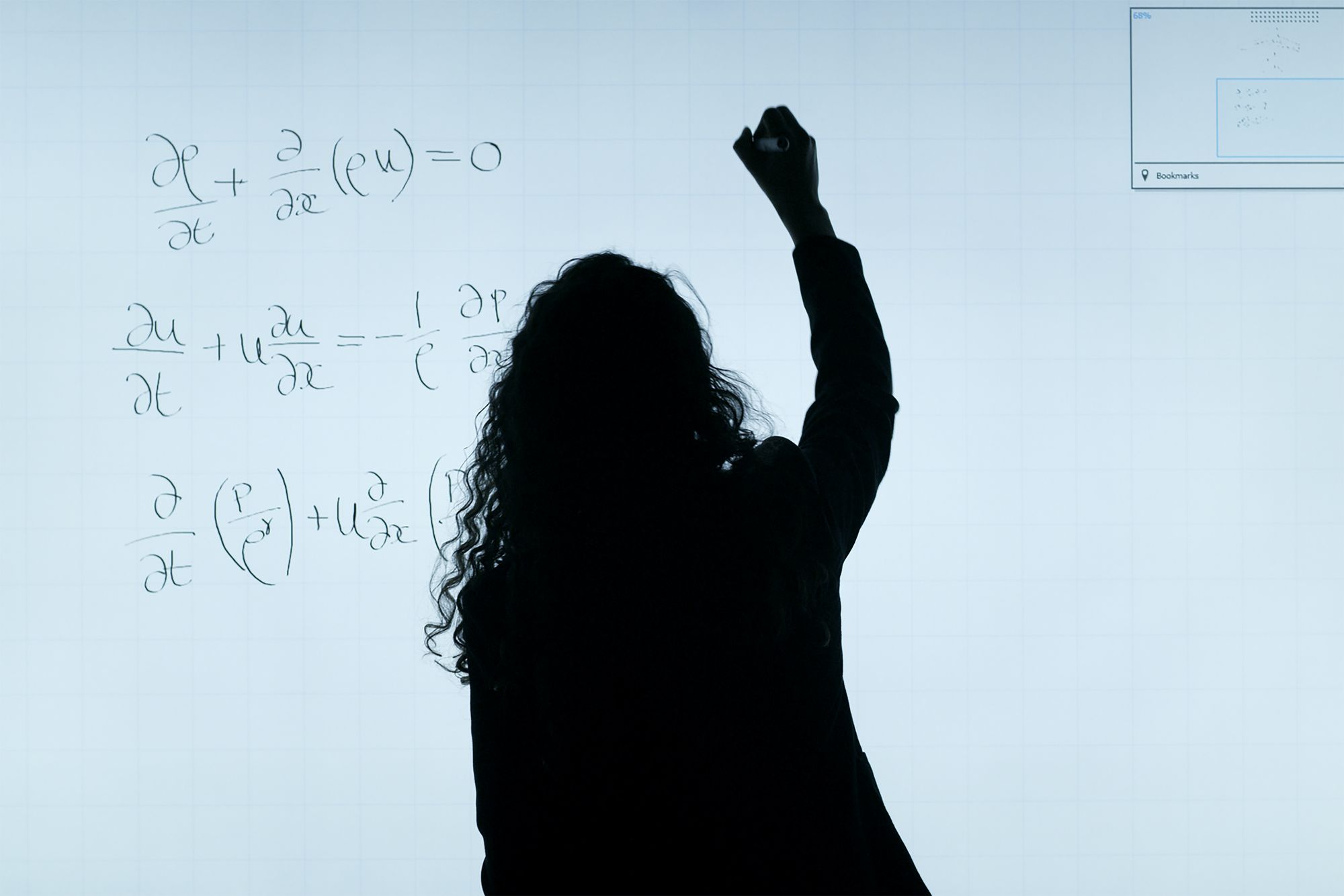Fall 2017 - Reading Equations Activity

Learning Objective
To help Pre-Statistics students to develop strategies for reading unfamiliar equations.
Introduction
Students in our Pre-Statistics course learn the concept of dispersion from the mean through the average distance from the mean (ADM) instead of the more common Standard Deviation, mostly due to thought that the complexities of the calculation obscure some of concepts behind what is being measured. To see an example of how the ADM is first introduced, watch the following video that I emailed to my students:
As you may have noted, the "formula" is never shown to the students when presenting the concept. This is a common strategy in our Pre-Statistics course and has the advantage of allowing many concepts to be digested by students with a limited mathematical preparation, but since formulas are used in the language of statistics, it is still important to be able to read a relatively complex formula. This is the purpose of this activity.
Set up
For the set-up, I want to model meta-cognitive strategies for reading a formula and to do so I start with a computation that they are familiar with, the average distance from the mean. I use the data set \({5,6,10,11,18}\) and I ask them to start listing how they would start computing the ADM. Through discussion, we generally come to the steps:
- Find the mean.
- Take the differences of each value from the mean.
- Make those differences positive.
- Add up those positive differences.
- Divide by the sample size.
With this written on the board, I write the formula \[ADM = \frac{\sum |x - \bar{x} | }{n}\] next to the steps. I then start identifying where each step is seen in the formula by drawing arrows from the steps to the equations. (I wish that I took a picture) Noting that there is an order in which we read the equation. At the end of this process I remind the students that we want to eventually compute the standard deviation and with that I show them the formula:
\[\sqrt{\frac{\sum(x-\bar{x})^{2} }{n-1}}\]
Activity
Now armed with the formula for standard deviation, I divide the students into groups and give them the following tasks.
- Write down the steps to compute this formula.
- Compute the standard devaition for the data set that we started the class with.
Take these two tasks and produce a poster outlining both the steps and the actual calculation. An album of the posters for Fall 2017 can be seen here. The class ended right as students were finishing their posters. Note that 3 out of the 6 correctly identified the steps and computed the correct SD. (5.1 for this data)
Conclusion
When the students came back to class the following monday, I placed them into the same groups that they made their posters with and I made sure not to tell them if they were correct or not. Over the weekend I had picked three of the six posters; Two correct and one incorrect. These are in an album here.. These were choosen for the following reasons:
- Poster 1 is wrong but very neatly written.
- Poster 2 is correct but messy.
- Poster 3 is wrong only because they forgot to take the square root. (variance)
They were also given this handout which explains that only one is correct and that two are wrong. They are asked to pick the correct one, and to identify the mistake(s) made on the posters that were incorrect. At the end, they are asked to make a video explaining how to compute the standard deviation to their fellow students with their cell phones and submit them through canvas. (which I cannot download for some reason) Happy to report, that all 6 groups had the correct steps in their videos. All without me showing them "how" to do the standard deviation once.